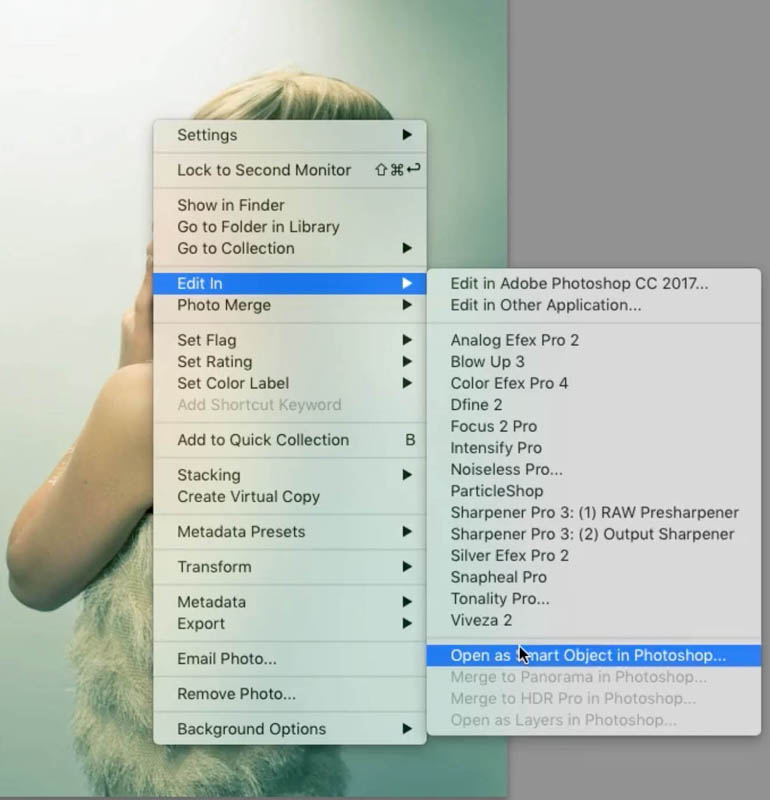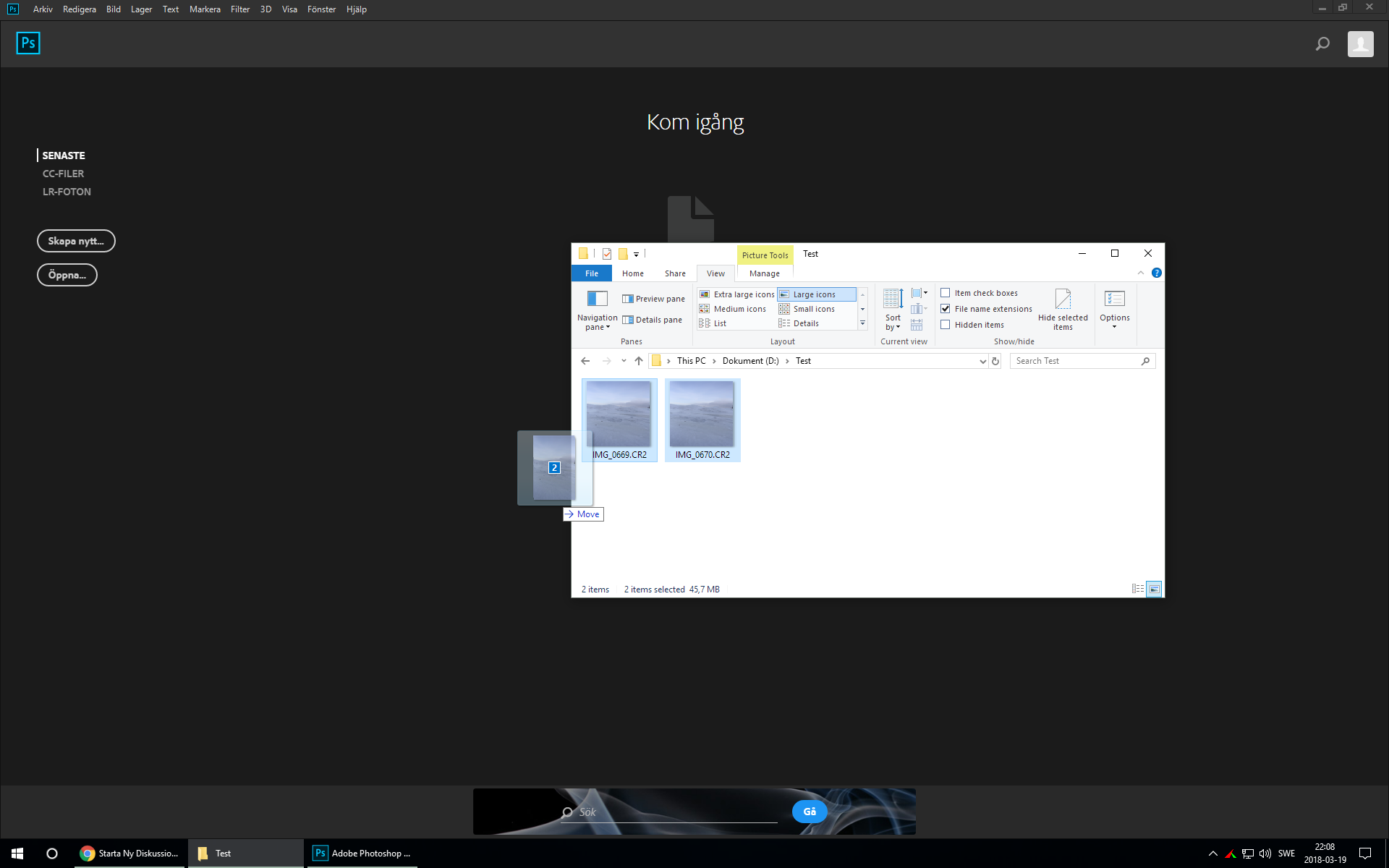

This can come in handy if you are resizing images for the Web, or even if you need to apply an extension to a series of images and don’t want to do so for each image individually.I'm going to go against the grain and say that while Photoshop is likely the most complete set of software for image post-processing it may not always be the "best", as that qualification depends largely on your personal needs.

Additionally, your action will be saved if you ever need to do the same thing again to a different set of images. Once you get comfortable with the settings you will never need to manually perform the same change to multiple images in Photoshop again. There are a lot of things you can do with this tool in Photoshop. Photoshop will then apply your action to every image in the “Originals” folder, then save the edited file in your “Changed” folder. Step 17: Click the “OK” button at the top of the window. Step 16: Click the empty drop-down menu under “document name,” then click “extension.” This will save the new file in the same file format as your original.

This will result in a file name of “myfile-rotated.” For example, if you are rotating images, you could put “-rotate” into this field. Step 15: Click inside the empty field to the right of field that now says “document name,” then type an extension that you want to append to your new file’s name.

Step 14: Click the top-left empty drop-down menu in the “File Naming” section, then click “document name.” Step 13: Click the “Choose” button in the “Destination” section, click your “Changed” folder, then click “OK.” Step 12: Check the box to the left of “Suppress File Open Options Dialogs.” This will prevent you from needing to perform an action as each image is opened. Step 11: Click the “Choose” button in the “Source” section of the window, click your “Originals” folder, then click “OK.” Step 10: Click the “Action” drop-down menu at the top of the window, then click the action that you just created. Step 9: Click “File” at the top of the window, click “Automate,” then click “Batch.” Photoshop is going to apply your changes to every image in your folder, so if you made a change to the image already, Photoshop would then perform the action again on the already-edited image. Step 8: Close your image without saving it. Step 7: Click the “Stop Recording” button at the bottom of the “Actions” panel. Step 6: Perform the Photoshop steps that you want to apply to each image. Step 5: Click the “Create New Action” icon” at the bottom of the “Actions” panel, type a name for your action, then click “OK.” Step 4: Click “Window” at the top of the window, then click “Actions.” Alternatively, you can press “Alt + F9” on your keyboard to open this panel. Step 3: Launch Photoshop, click “File,” click “Open,” then double-click one of the files in the “Originals” folder that you want to edit. Step 2: Create another folder on your Desktop, but call this one “Changed.” For simplicity’s sake, call this folder “Originals.” Step 1: Create a new folder on your Desktop, then drag all of the images that you want to change into the folder. The recorded action can then be performed on all of the images within a folder, and you can even specify an extension to add to the image if you want to leave the original in an untouched state. Fortunately you can turn a series of events into a “macro”, of sorts, by using the “Actions” menu to record the events. This is especially true of tasks for which there is no keyboard shortcut, essentially forcing you into mind-numbing clicks. Performing the same Photoshop task over and over again can be very annoying, particularly if it’s a simple task, such as rotating an image.


 0 kommentar(er)
0 kommentar(er)
